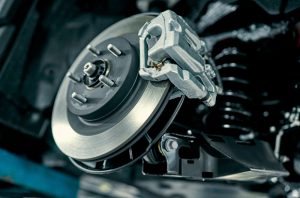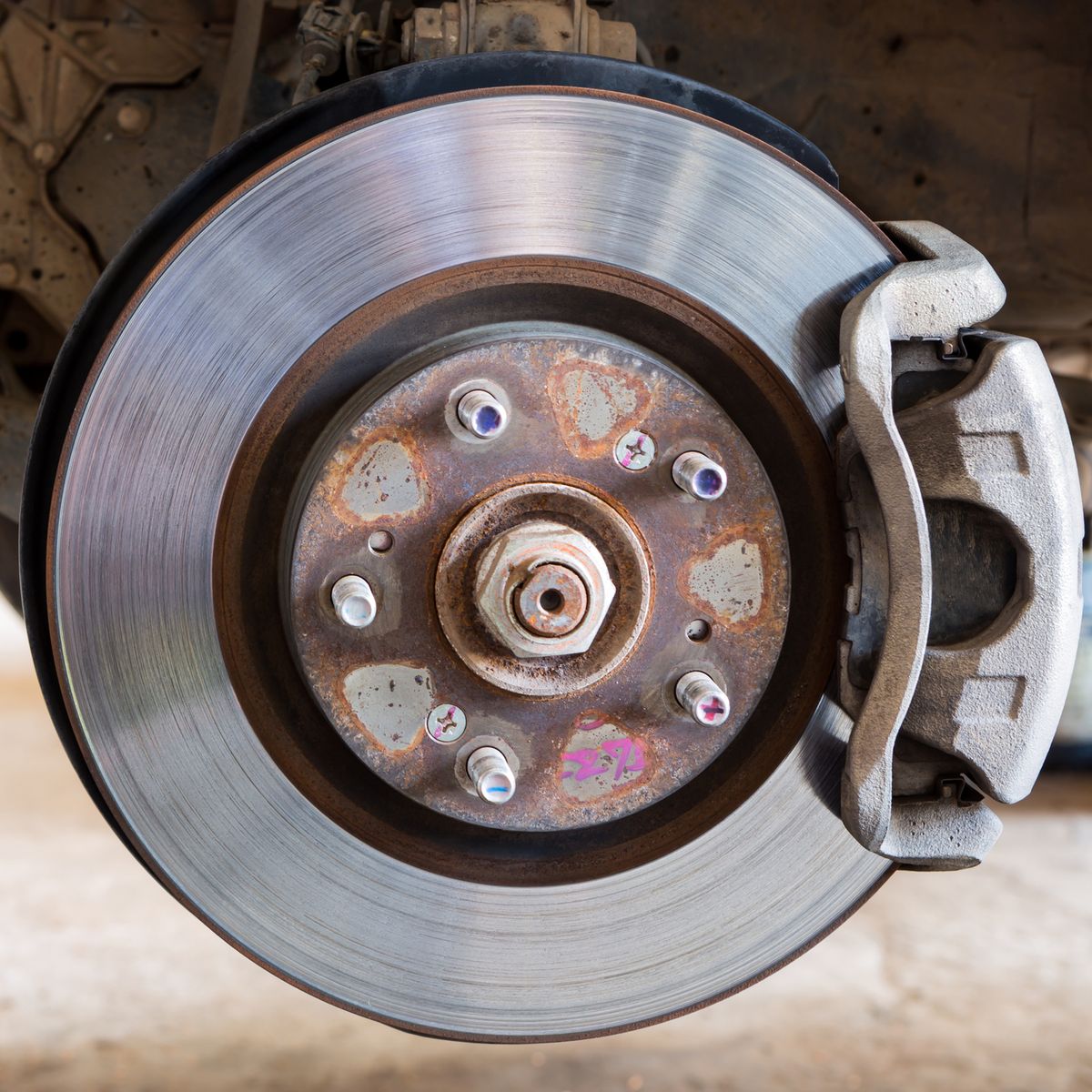In recent years, electric brakes have emerged as a revolutionary technology in the automotive industry, offering enhanced safety, efficiency, and control over traditional braking systems. This article explores the intricacies of electric brakes, their benefits, and their integration into modern vehicles. Breaking New Ground: Electric Brakes in Modern Vehicles
The Evolution of Electric Brakes
Electric brakes represent a significant shift from conventional hydraulic braking systems. Unlike their traditional counterparts, electric brakes utilize electrical signals to activate braking mechanisms, offering more precise control and responsiveness. This innovation is particularly advantageous in electric and hybrid vehicles, where integration with regenerative braking systems enhances overall efficiency.
Key Advantages of Electric Brakes
1. Efficiency: Electric brakes improve energy efficiency by harnessing kinetic energy during braking, converting it into electrical energy through regenerative braking. This process reduces reliance on friction-based braking, thereby extending the vehicle’s range and reducing brake wear.
2. Safety: The responsiveness of electric brakes allows for quicker reaction times compared to hydraulic systems. This feature is crucial in emergency braking situations, where every millisecond counts in preventing accidents.
3. Control: Drivers benefit from enhanced control over braking force distribution, especially in challenging road conditions. Electric brakes can adjust braking power to each wheel independently, optimizing stability and traction.

Integration into Modern Vehicles
Manufacturers are increasingly incorporating electric brakes into a wide range of vehicles, from compact electric cars to heavy-duty trucks. The scalability of electric braking systems allows for adaptation across different vehicle types and sizes, catering to diverse consumer needs. https://gatesheadautoelectrics.com.au/
Technological Innovations
1. By-Wire Systems: Electric brakes are often part of advanced by-wire systems that replace mechanical linkages with electronic controls. This integration enhances overall vehicle dynamics and safety through seamless interaction between braking, steering, and propulsion systems.
2. Integration with Vehicle Networks: Modern electric brakes are designed to communicate with onboard vehicle networks, enabling real-time data exchange and integration with other safety and driver-assistance systems (ADAS).
Future Prospects
The future of electric brakes looks promising, with ongoing research focusing on further enhancing efficiency, durability, and integration with autonomous driving technologies. As consumer demand for eco-friendly and technologically advanced vehicles grows, electric brakes are poised to play a pivotal role in shaping the future of automotive innovation.
Environmental Impact
1. Sustainability: Electric brakes contribute to sustainability efforts by reducing carbon emissions and minimizing environmental impact. By enabling regenerative braking, these systems promote energy conservation and support global initiatives for cleaner transportation solutions.
2. Material Advancements: Continued research into lightweight materials and advanced manufacturing techniques is enhancing the performance and durability of electric brake components, further aligning with sustainability goals.
Conclusion
Electric brakes represent a significant advancement in automotive technology, offering tangible benefits in terms of efficiency, safety, and control. As automakers continue to innovate, the widespread adoption of electric brakes in modern vehicles is expected to accelerate, ushering in a new era of safer, more sustainable transportation.
For more information on electric brakes and the latest advancements in automotive technology, stay tuned to our blog for updates and insights into the future of mobility.


